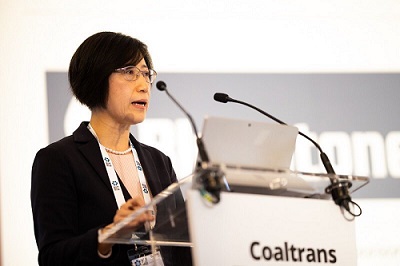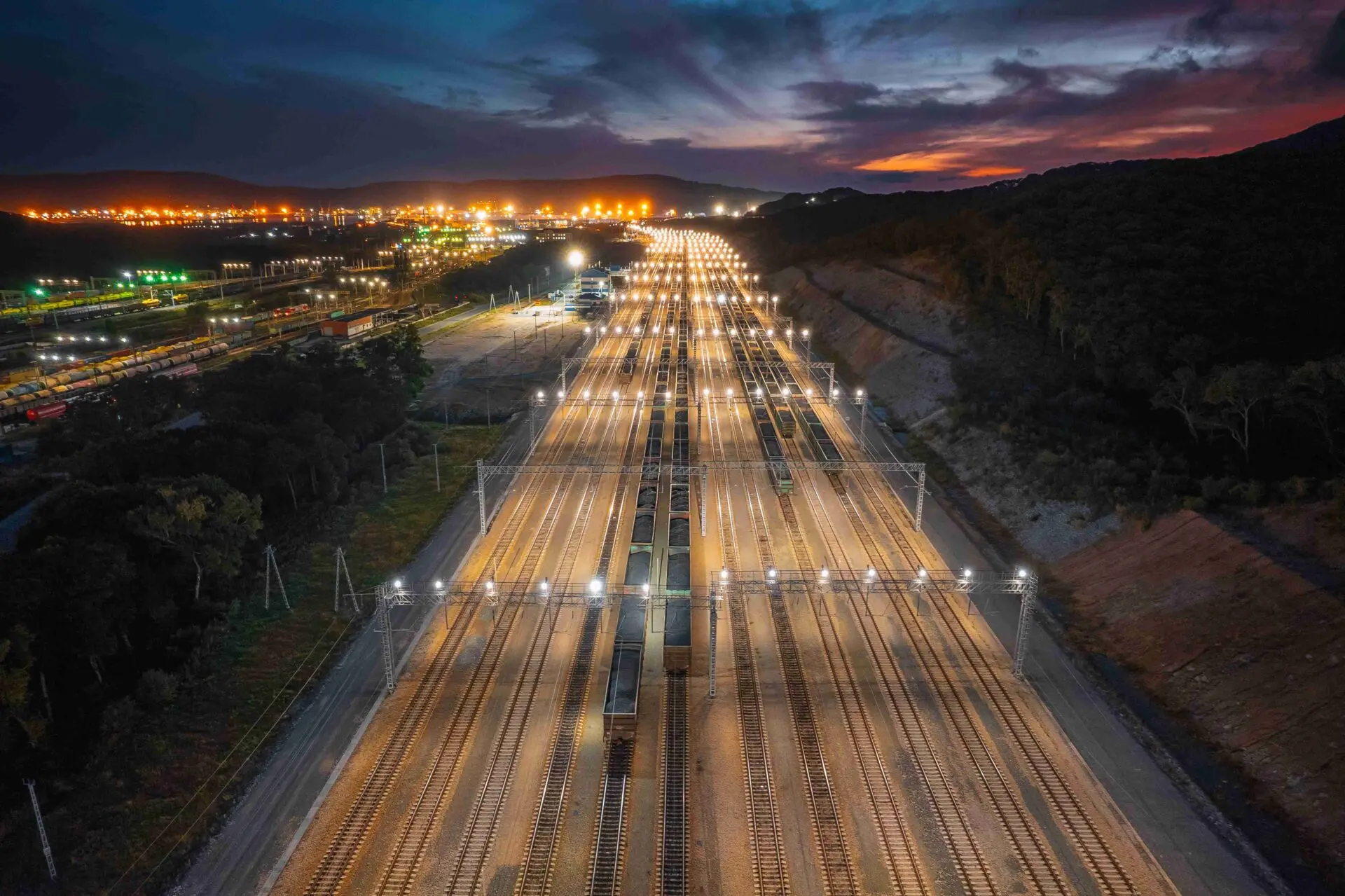

To fill the domestic supply gap but not to compress domestic supply, China uses multiple tools to manage coal imports in a flexible way.
Delivering a speech at the World Coal Leaders Network conference in Lisbon, Portugal on October 21, Sarah Liu, vice president of Chinese consultant Fenwei Energy Information Services, shared valuable insights into how China’s policy changes have been reshaping the seaborne market.
China has shifted to a big coal importer from coal exporter since 2009. Its import regulations impact not only the domestic market, but also the seaborne market. And the first tool is tariff, according to Sarah.
China’s coal import experienced the policy change from discouraging to encouraging, followed by tightening again. Coal import was discouraged before 2005 through import tariffs (6% for thermal coal and 3% for coking coal and anthracite), then was encouraged from 2005 by cutting import tariffs. Import tariffs were restored in 2014, 5-6% for thermal coal, 3% for coking coal and anthracite.
Currently, import tariff is zero for Indonesian and Australian coal due to the free trade agreements signed between China and these two countries.
Apart from import tariff, quality requirement is also an important measure to control coal imports, to fend off inferior and air pollution-prone cargoes, Sarah pointed out.
Before 2015, China did not have a mandatory requirement for imported coal quality, she introduced.
In 2015, the National Development and Reform Commission and the General Administration of Customs jointly issued a document on the quality of commercial coal, setting up requirements on radioactivity, impurities, and environmental test for domestic and imported coal.
“Since the interim measures implemented from 2015, however, coal imports have been not seriously impacted. Most of the imported coal passed the quality test, only a few rejections occurred for North Korea, Indonesia, and Mongolia coal,” she said.
Particularly from late January, Australian coal imports were restricted by lengthening customs clearance from around 45 days to two months. But from following months, coal imports from the continent maintained strong increases
instead of declines on month-to-month basis.
Import quota is a powerful card to manage imports of the fossil fuel. From 2017, the government intensified administrative control on coal imports, issuing import quotas to individual customs and major importers.
In principal, the import quota is based on previous years’ volume and is adjusted more or less, but not disclosed to the public.
Should the government keep 2019 import flat from 2018, there would be only 10 million tonnes passing through the customs averagely each month in the fourth quarter, a slump of 63% compared to monthly average of 28 million tonnes in the first three quarters. This, however, seems less likely.
Latest customs data showed China imported 30.29 million tonnes of coal in September, up 20.49% year on year, adding to a total of 251 million tonnes in the first nine months, a 9.5% increase from the same period last year.
Sarah expected China’s coal import to follow a similar route as last December quarter, falling significantly from September quarter but still growing on the year-on-year basis.
“So far, the import tightening is not strict as expected, and individual ports which used up quotas have got additional quotas. Customs clearance for imported coal is taking longer time but not stopping,” she said. “Thus, we expect the coal import flat target for 2019 will be unlikely to achieve, and the full year imports would exceed 300 million tonnes, possibly to 320 million tonnes.”
Eased import restrictions are also related to the macro environment. The Chinese government has vowed to lower power price to ease cost burdens for commercial and industrial users amid downward economic pressure under the US-China trading row.
Source: SXCoal.com













